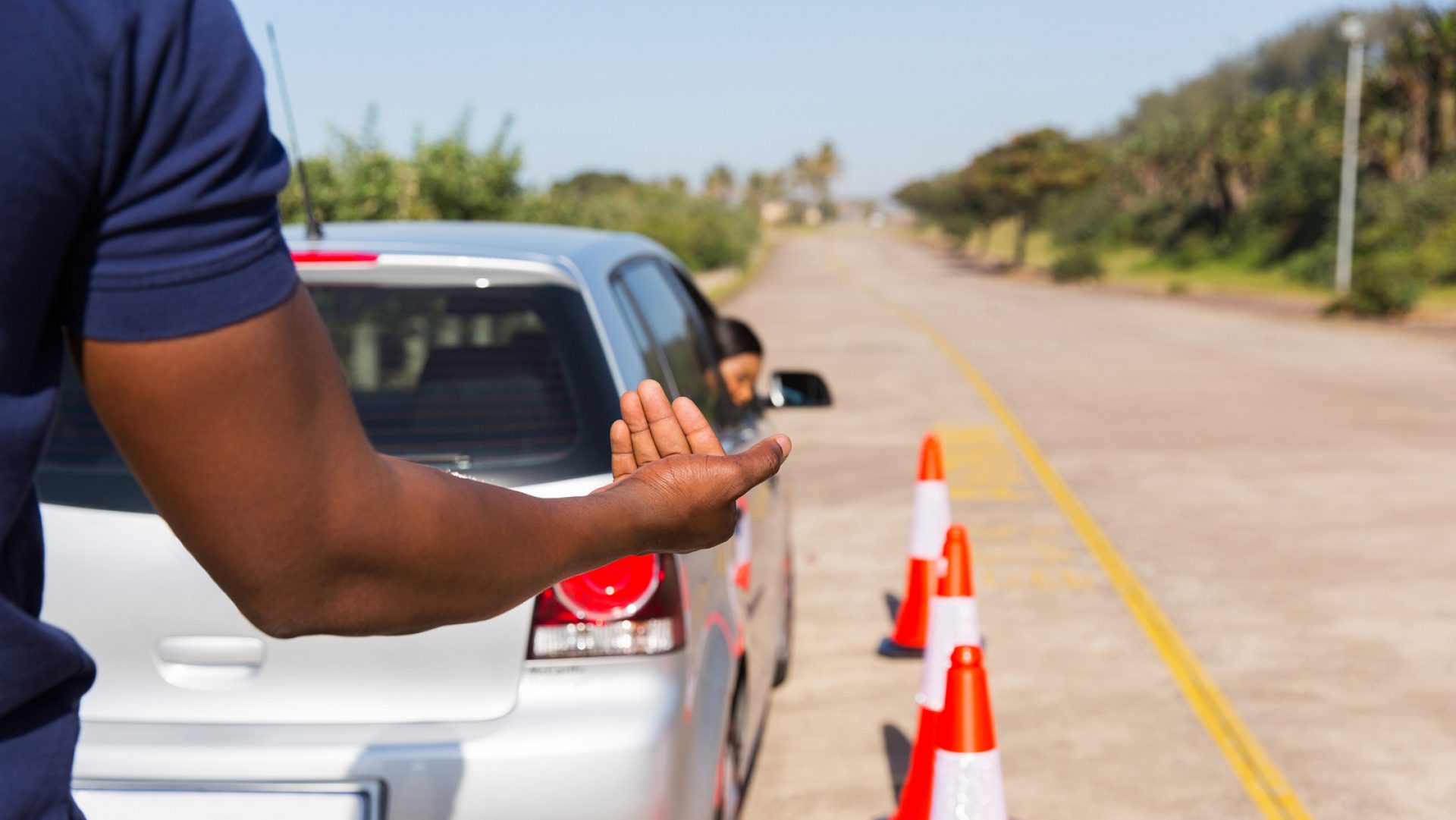How to Handle Driving in Inclement Weather Conditions: 10 Essential Tips
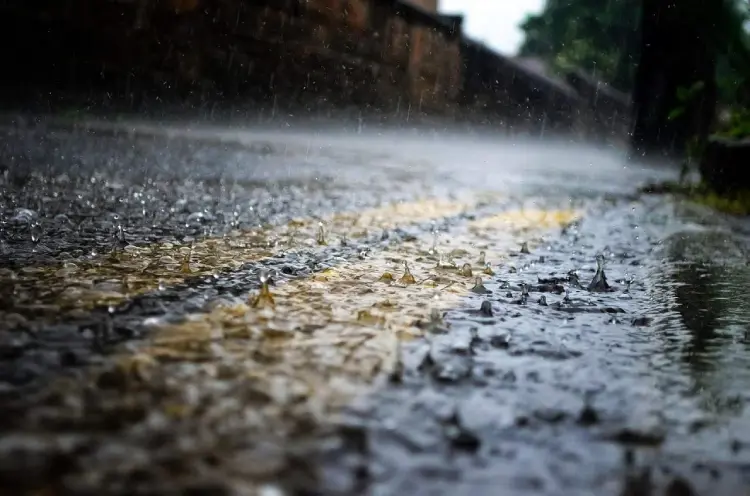
How long has it been since you learn to drive from a reputable driving school in Burnaby? If the answer is a few years then you are more than ready to drive through in unsafe weather conditions. Obviously not putting your life in danger is the priority in such a situation but if you must you can handle your standard-size vehicle in unpromising weather. All you need to do is take care of a few things and follow 10 essential tips to successfully survive the trip without a scratch on you or your car.
If it’s rain, snow, or fog depending on these tips will keep you safe on the road even during the hardest hour!
1. Slow Down
If you are in mid-trip or just left your home to pick up a friend and happen to face an unusual situation of heavy rain. Reducing your speed will help you avoid losing control of your vehicle. So, that you can avoid a potential car crash or a slippery incident to a pole or a tree. Driving lessons from a professional driving school and the best one in the town like ours; Karun Driving School in Port Moody always teaches their students to never lack focus as long as they are in charge of the vehicle at the very least.
2. Keep A Safe Distance
Driving in unpromising weather is dangerous but with correct guidance, the trip can go smooth as butter. This is why you should keep a safe distance from everything on the road. First from the vehicle in front of you then from the sidewalk to watch out for pedestrians and sign boards. This way you keep yourself out of trouble.
3. Use Headlights
Headlights have a lot of useful ways to save you from many situations where you can easily get hurt. At night time you use headlights to help you see what’s around you and where you are going. But when it’s raining heavily in daylight you might think there is no use for headlights but they can still help you by making you visible to other drivers on the road to watch out for you. Also, you can use the headlights to use as a flash too for quick attention!
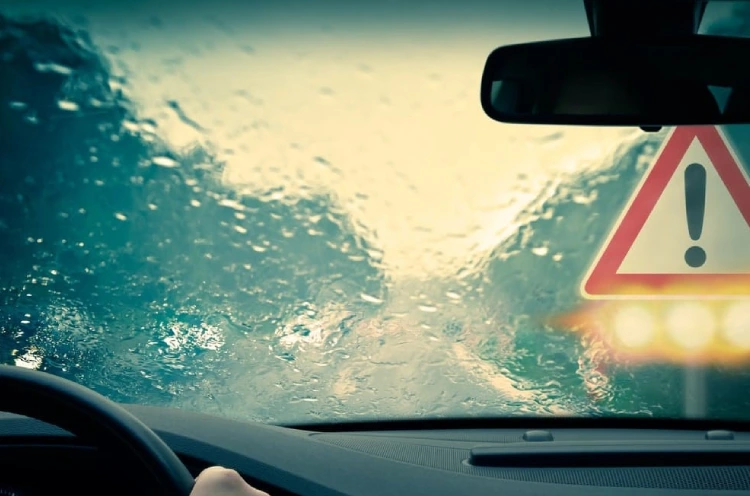
4. Check Windshield Wipers
In the hour of stress what you need the most is to have everything ready for the worst so that you can make the essential decisions with utmost attention. This all includes even the negligible feature of the car should also be working in the best condition because you never know what can save you in a mere moment of distress. Ensure your windshield wipers are working correctly and replace them if necessary.
5. Avoid Sudden Movements
Snow or rainwater on the road reduces the preciseness of the grip. Which is why it is prohibited to make sudden movements on the road. Even on a fine day without using the proper protocol can get you in trouble. Avoid sudden movements like sudden turns or hard braking that may cause skidding or loss of control.
6. Stay In Your Lane
Stay in your lane, and avoid changing lanes as much as possible to prevent unlikely situations in unusual weather like hydroplaning, crash, or sliding which can cause several major injuries and even possible death.
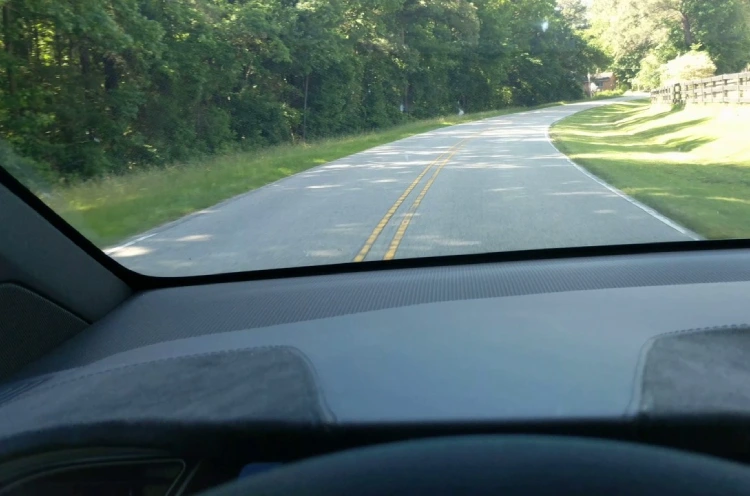
7. Be Aware Of Road Conditions
Check the weather forecast and road conditions before heading out and adjust your driving accordingly. It is a good habit sometimes even lifesaving checking the forecast on mobile or television. Already knowing the condition makes you ready in mind to expect certain things on the road. If you see possible rain, bring your umbrella along. If you see a possible snowfall or dust storm in your area, it is best to stay at home but if you must go out prepare accordingly.
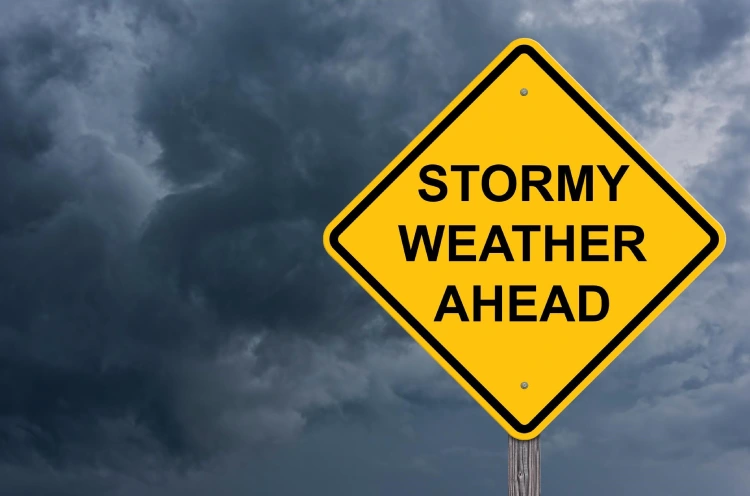
8. Plan Ahead
In case you live in an area with a lot of mountains, steep hills, and winding roads are a part of your living. But if you are a new driver or just moved from a city to an area like this you might want to plan ahead before you go. Choosing the safest and short route to your destination would suffice. Even if taking a long route confirms having greater chances of safety it should be tempting enough.
9. Turn Off Cruise Control
You may not know that Ralph Teetor was the first person to introduce cruise control in an automobile in the 1900s. the reason you should know about its importance is that in bad weather cruise control may not be helpful but if you do it can be dangerous to a great extent. Even if you shouldn’t pull the brakes of a vehicle suddenly in such weather going on a fast set speed by cruise control can make you lose control of the vehicle in a blink. This is why turning it off will do the trick for your safe trip.
10. Avoid Distractions
The first rule of learning to drive from the reputable and professional Driving School in port moody is to stay focused on the road especially when you are at the steering wheel. Driving under the impression, eating, or using your phone while on the road are the common things that can cause a lack of focus. And also, the very things professional driving lessons in port moody prohibit at all costs. If taken for granted the driver may lose their license, have serious injuries, or possibly death of themselves and other passengers.
Wrap Up
In conclusion, driving in rain or stormy weather requires extra caution and attention from drivers. Reduced visibility, hydroplaning, poor traction, aquaplaning, and increased braking distance are some of the risks associated with wet driving conditions. Also, taking these tips into consideration would be beneficial. It’s essential to take the risks seriously and adjust your driving style to ensure you reach your destination safe and sound.

